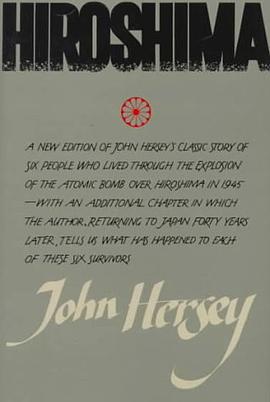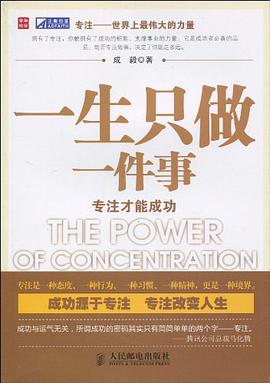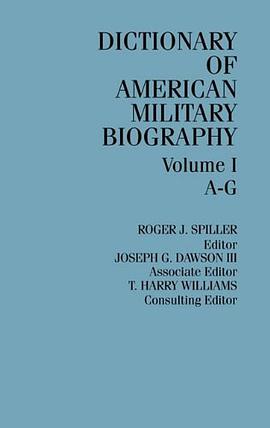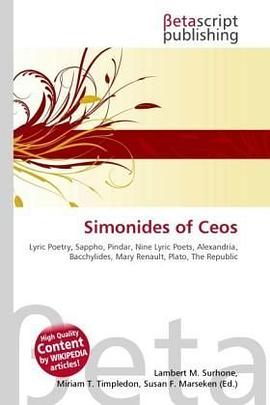

具體描述
Hiroshima is the story of six human beings who lived through the greatest single manmade disaster in history. With what Bruce Bliven called "the simplicity of genius," John Hersey tells what these six -- a clerk, a widowed seamstress, a physician, a Methodist minister, a young surgeon, and a German Catholic priest -- were doing at 8:15 a.m. on August 6, 1945, when Hiroshima was destroyed by the first atomic bomb ever dropped on a city. Then he follows the course of their lives hour by hour, day by day. The New Yorker of August 31, 1946, devoted all its space to this story. The immediate repercussions were vast: newspapers here and abroad reprinted it; during evening half-hours it was read over the network of the American Broadcasting Company; leading editorials were devoted to it in uncounted newspapers. Almost four decades after the original publication of this celebrated book John Hersey went back to Hiroshima in search of the people whose stories he had told. His account of what he discovered about them -- the variety of ways in which they responded to the past and went on with their lives -- is now the eloquent and moving final chapter of Hiroshima. "At exactly fifteen minutes past eight in the morning, on August 6, 1945, Japanese time, at the moment when the atomic bomb flashed above Hiroshima, Miss Toshiko Sasaki, a clerk in the personnel department of the East Asia Tin Works, had just sat down at her place in the plant office and was turning her head to speak to the girl at the next desk. At that same moment, Dr. Masakazu Fujii was settling down crosslegged to read the Osaka Asahi on the porch of his private hospital, overhanging one of the seven deltaic rivers which divide Hiroshima; Mrs. Hatsuyo Nakamura, a tailor's widow, stood by the window of her kitchen, watching a neighbor tearing down his house because it lay in the path of an air-raid-defense fire lane; Father Wilhelm Kleinsorge, a German priest of the Society of Jesus, reclined in his underwear on a cot on the top floor of his order's three-story mission house, reading a Jesuit magazine, Stimmen der Zeit; Dr. Terufumi Sasaki, a young member of the surgical staff of the city's large, modern Red Cross Hospital, walked along one of the hospital corridors with a blood specimen for a Wassermann test in his hand; and the Reverend Mr. Kiyoshi Tanimoto, pastor of the Hiroshima Methodist Church, paused at the door of a rich man's house in Koi, the city's western suburb, and prepared to unload a handcart full of things he had evacuated from town..."
著者簡介
約翰•赫西(John Hersey),中文名韓約翰,1914年生於天津,十歲時隨父母返迴美國,先後在耶魯大學、劍橋大學完成學業。1937年夏天,他在暑假期間為諾貝爾文學奬獲得者劉易斯•辛剋萊爾擔任秘書,同年鞦到《時代》雜誌工作,兩年後被派往《時代》的重慶分部。整個二戰期間,他往返於歐亞大陸,為《時代》、《生活》、《紐約客》撰稿。
約翰•赫西是最早踐行“新新聞”寫作手法的記者(盡管他後來對這種手法不無批評),對美國的新聞報道産生瞭很大的影響。他的主要作品有《廣島》、《阿達諾之鍾》(A Bell for Adano,1945年獲普利策奬)等。1965年起,約翰•赫西任教於耶魯大學,長期講授寫作課程。1993年逝世。
圖書目錄
讀後感
今天看到一则新闻,说是以色列为了抗议联合国理事会做出的一项针对巴以两国争议国土的决策,态度强硬地中止了与英法俄中日等十二国的外交关系;紧接着是一条小新闻:巴基斯坦国防部长误信假新闻报道,以为以色列可能对巴进行核武器打击,他发出核威胁称:别忘了巴基斯坦也是核...
評分假设有人现在陷入困境,而你同时也目睹了困境时。毋庸讳言的,每个人都会被帮助他人,使别人解脱因困境产生的痛苦之上的行为所攫取。另一点不争的事实是,这种最初一闪而过的执念,终将随着光阴的流逝,变得越来越模糊。在这个地方上过多停留,以至于你物质、精神上的方向都导...
評分在办公室看完这本小书,心情却有些沉重。谁叫你上班时间看了,看了这书还怎么愉快地上班啊。 战败后日本人对战争的看法是怎样的? 日本人对美国人投掷原子弹是怎么看待的? 日本普通民众在二战中扮演了怎样的角色,支持与反对的意见如何? 广岛、长崎的受难者该如何看待原...
評分读书笔记1432:广岛 二十多万的小城,转瞬之间没了一半人口,作者以点带面用了几个普通幸存者的经历来描述这场浩劫。奇怪的是,那么多年过去,日本政府从来没有对美国说过什么,不知道在地下暗涌的河流里仇恨是否在流淌。根据后来解密的资料看,对日本实施核打击似乎是可以避免...
用戶評價
傳統描述新聞。事無巨細。爆炸下一瞬間的靜止。
评分傳統描述新聞。事無巨細。爆炸下一瞬間的靜止。
评分傳統描述新聞。事無巨細。爆炸下一瞬間的靜止。
评分傳統描述新聞。事無巨細。爆炸下一瞬間的靜止。
评分傳統描述新聞。事無巨細。爆炸下一瞬間的靜止。
相關圖書
本站所有內容均為互聯網搜索引擎提供的公開搜索信息,本站不存儲任何數據與內容,任何內容與數據均與本站無關,如有需要請聯繫相關搜索引擎包括但不限於百度,google,bing,sogou 等
© 2025 book.quotespace.org All Rights Reserved. 小美書屋 版权所有




















